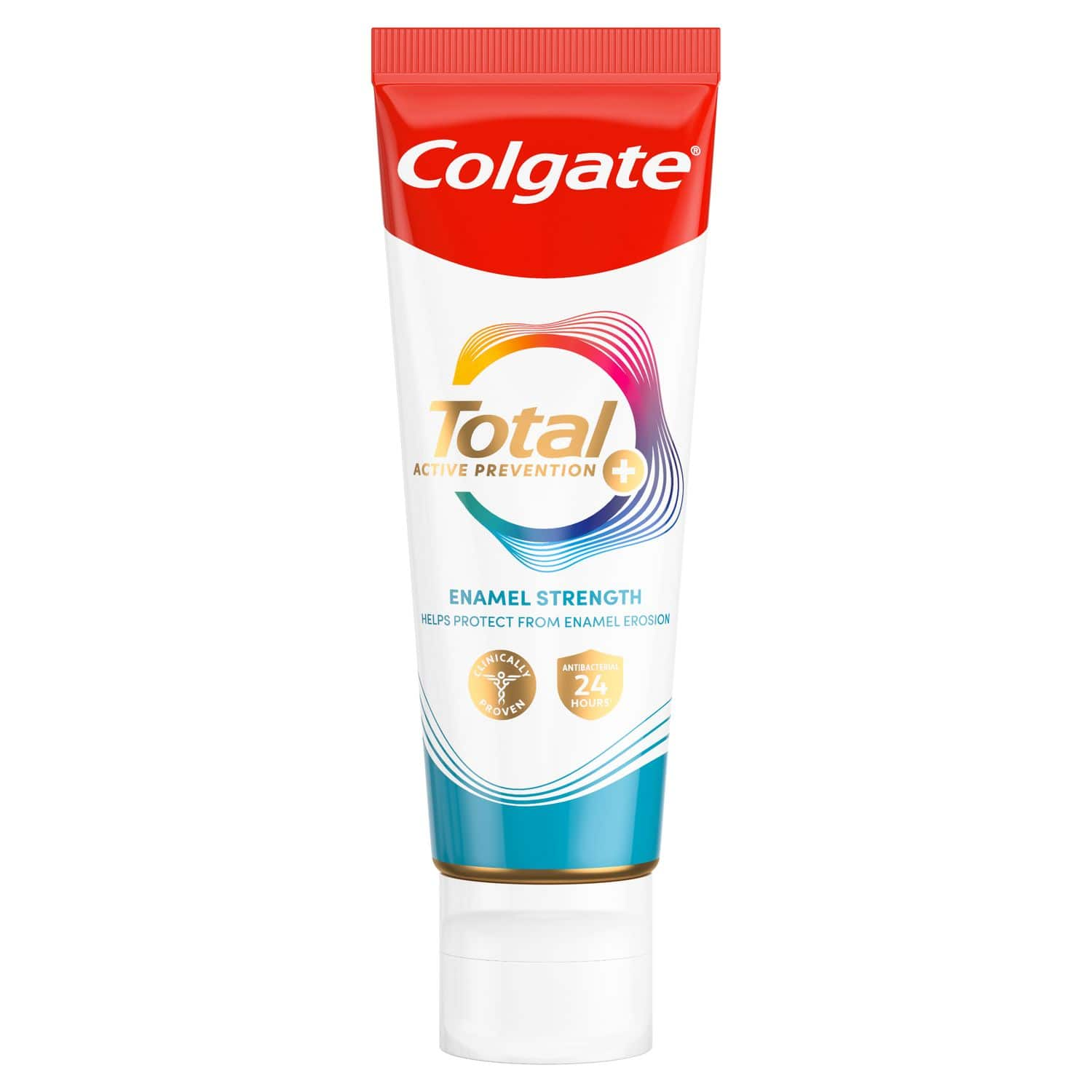However, like most things in life, getting too much — or too little — of something can be an issue. Fluoride is an excellent example of the importance of balance. Overall, the mineral is safe and effective against cavities, but you should be aware of the minor risks of too much fluoride consumption. Most of these concerns stem from taking in too much of the mineral, particularly at a young age, which can cause dental fluorosis.
What Is Dental Fluorosis?
According to the ADA, dental fluorosis, also known as mottled teeth, occurs when children consume too much fluoride over too long a period of time while their teeth are developing. Most cases of fluorosis result from young children taking fluoride supplements or swallowing fluoride toothpaste when the water they drink is already fluoridated. Streaks, spots or pits may develop on the surfaces of the teeth once they come up above the gums. In severe cases, the enamel can develop brown, black or grey spots and the teeth can become pitted.
Don’t worry! It won't have a negative impact on your child's dental health. These streaks and spots are treatable and often reversible. Often, the condition is so mild that only a dental professional can detect it.
How to Prevent Fluorosis
The chance of developing fluorosis exists until about age eight because teeth are still forming under the gums. Here are some helpful guidelines concerning safe fluoride use for babies and kids.
Infant to three years old:
- Breastfed infants are unlikely to develop fluorosis, since breast milk is very low in fluoride. Even if they're drinking fluoridated water, nursing mothers and pregnant women don't pass large quantities of fluoride to their babies.
- Mothers who feed their babies formula should mix low-fluoride or fluoride-free water with powder or liquid concentrate. Ready-to-feed formula is also an option, since it contains minimal amounts of fluoride.
- When teeth come in, use only a smear (no bigger than a grain of rice) of fluoride toothpaste for twice-daily brushing.
- Spit it out! As soon as they are able, children should be taught to spit out toothpaste when brushing.
Ages three to eight:
- Continue brushing teeth thoroughly twice a day with a pea-sized amount of fluoride toothpaste.
- DO NOT use fluoride mouth rinses for children under six unless advised to do so by a dentist or other health professional. Children younger than six haven’t fully developed their swallowing reflex and may swallow more than they spit out.
Remember, most fluorosis cases are preventable. Remind children to not swallow toothpaste while brushing. Speak to your dentist if you have concerns about the amount of fluoride your children are exposed to.
Fluorosis Treatment Options
In the developed world, fluorosis isn't associated with a medical condition that causes cavities or jeopardises your child's health. Some dental fluorosis cases are minor enough that treatment isn't necessary, especially if it occurs on the back teeth. However, there are treatment options such as teeth whitening if you're concerned.
Dietary Fluoride Supplements
Use dietary fluoride supplements only as prescribed by a doctor or a dentist. Fluoride supplements are recommended for children between 6 months and 16 years old living in areas where water is non-fluoridated and who are at high risk of developing tooth decay.
Fluoride in Your Drinking Water
According to the ADA, the recommended level of fluoride in water for dental health is 0.7 parts fluoride per million parts water. Under the Safe Drinking Water Act, the U.S. Environmental Protection Agency (EPA) requires public water systems to notify its customers if the natural occurring fluoride exceeds recommended levels.
If you live in an area where naturally occurring fluoride levels in drinking water exceed .7 parts per million, you should consider an alternative water source or home water treatments to reduce the risk of fluorosis for young children.
While the EPA does not have the authority to regulate private drinking water wells, it recommends that private well water be tested once a year. If your home is hooked up to a private well, it’s a good idea to have the fluoride level of the well tested yearly, especially if there are young children in the home. Naturally occurring fluoride levels can vary greatly from location to location. Provide your dentist and doctor with the results of the well water test so that they can provide you with accurate information on your family’s fluoride needs.
All in all, fluoride is safe when used as directed and has major benefits for your child's dental health. Don't worry, while some parts of teaching proper oral care aren't easy, making sure your kids get the right amount of fluoride is pretty simple. If you have questions, your dentist, paediatrician or family doctor can help you determine the proper amount of fluoride for your child.
This article is intended to promote understanding of and knowledge about general oral health topics. It is not intended to be a substitute for professional advice, diagnosis or treatment. Always seek the advice of your dentist or other qualified healthcare provider with any questions you may have regarding a medical condition or treatment.
ORAL HEALTH QUIZ
What's behind your smile?
Take our Oral Health assessment to get the most from your oral care routine
ORAL HEALTH QUIZ
What's behind your smile?
Take our Oral Health assessment to get the most from your oral care routine













